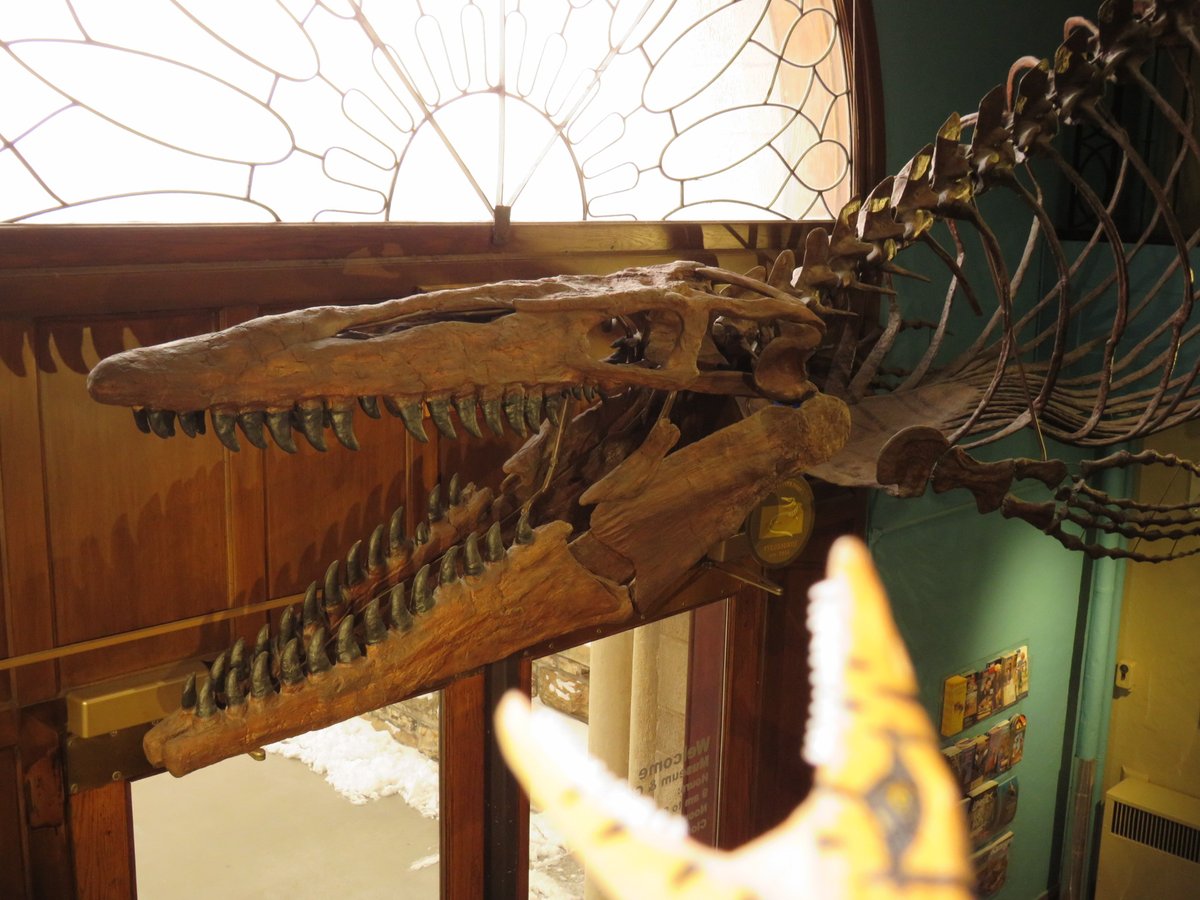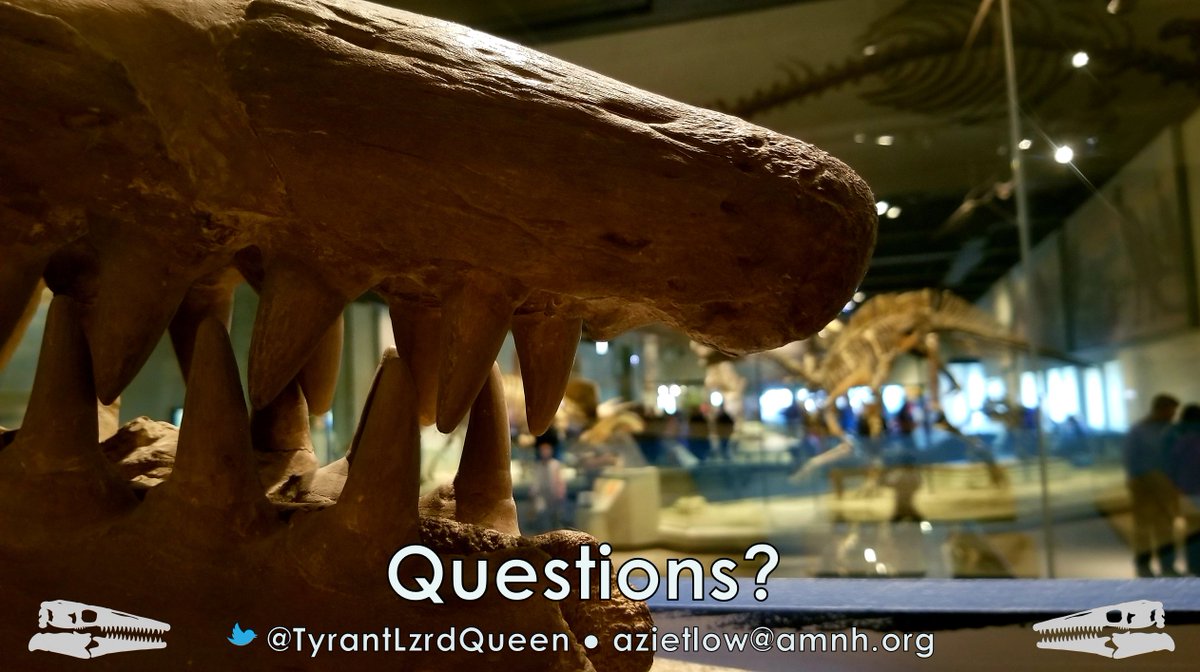Alrighty, as promised: a thread summarizing my inaugural paper, & #39;Craniofacial ontogeny in Tylosaurinae& #39;!  https://abs.twimg.com/emoji/v2/... draggable="false" alt="🦎" title="Eidechse" aria-label="Emoji: Eidechse">
https://abs.twimg.com/emoji/v2/... draggable="false" alt="🦎" title="Eidechse" aria-label="Emoji: Eidechse"> https://abs.twimg.com/emoji/v2/... draggable="false" alt="🤘" title="Heavy-Metal-Handzeichen" aria-label="Emoji: Heavy-Metal-Handzeichen">
https://abs.twimg.com/emoji/v2/... draggable="false" alt="🤘" title="Heavy-Metal-Handzeichen" aria-label="Emoji: Heavy-Metal-Handzeichen">
https://peerj.com/articles/10145/
1/21">https://peerj.com/articles/...
https://peerj.com/articles/10145/
1/21">https://peerj.com/articles/...
Mosasaur fossils have been studied for ~200 years (& #39;Mosasaurus& #39; was named 20 yrs before & #39;Dinosauria& #39;!), yet we still know very little about their ontogeny (growth & development).
[MNHN AC 9648, the holotype of Mosasaurus hoffmannii, from Street & Caldwell 2017]
2/21
[MNHN AC 9648, the holotype of Mosasaurus hoffmannii, from Street & Caldwell 2017]
2/21
Important studies of mosasaur ontogeny include:
-Caldwell 1996: ossification of limb bones
-Pellegrini 2007, Houssaye & Tafforeau 2012, others: osteohistology
-Konishi et al 2018: description of neonate (newborn) Tylosaurus
-Stewart & Mallon 2018: skull growth in T. proriger
3/21
-Caldwell 1996: ossification of limb bones
-Pellegrini 2007, Houssaye & Tafforeau 2012, others: osteohistology
-Konishi et al 2018: description of neonate (newborn) Tylosaurus
-Stewart & Mallon 2018: skull growth in T. proriger
3/21
Also, Jimenez-Huidobro et al 2016 hypothesize that because 2 species (T. nepaeolicus, T. kansasensis) lived at the same time & same place, & Tk tend to be small, Tk are juvenile Tn
Tp lived after both and is used as a reference for & #39;juvenile& #39; and & #39;adult& #39; traits.
4/21
Tp lived after both and is used as a reference for & #39;juvenile& #39; and & #39;adult& #39; traits.
4/21
The authors conclude that Tk are juvenile Tn, and also hypothesize:
-that Tp are paedomorphic (i.e. have juvenile traits) relative to Tn
-& that certain specimens of Tp & Tn are juveniles (e.g. Tp RMM 5610) and adults (e.g. Tp AMNH 4909 [photo])
5/21
-that Tp are paedomorphic (i.e. have juvenile traits) relative to Tn
-& that certain specimens of Tp & Tn are juveniles (e.g. Tp RMM 5610) and adults (e.g. Tp AMNH 4909 [photo])
5/21
Overall, previous studies of mosasaur ontogeny have focused on only size, histology, and/or subjective morphological data, and actual growth series have been absent or low resolution (many specimens are lumped into vague sets (e.g., "juvenile," "subadult," "adult").
6/21
6/21
My goals were to test hypotheses of Tylosaurus growth using cladistic analysis of ontogeny (Brochu 1996). This method has been used for dinosaurs, including T. rex (Carr 2020) and Centrosaurus (Frederickson & Tumarkin-Deratzian 2014) but never for any marine reptile!
7/21
7/21
Because ontogeny, like evolution, consists of an ordered accumulation of changes over time, the same method used to recover evolutionary trees of different taxa will also recover relative maturities of conspecific individuals (=objective high res growth series (ontograms))
8/21
8/21
Cladistic ontogeny can also test for evidence of sexual dimorphism, the presence of multiple taxa, & congruence between size & maturity.
9/21
9/21
For this study, I scored 79 Tylosaurus specimens, 50 of which I studied first-hand @AMNH, @SternbergMuseum, @FieldMuseum, @kunhm, & @Augustana_IL, for 59 ontogenetic & evolutionary characters that I identified in the literature & on my own.
10/21
10/21
So: here are my results for T proriger! The major growth changes are general enlargement & deepening of the skull, & development of processes on several bones. Size & maturity are positively correlated (used a spearman-rank correlation), no evidence for sexual dimorphism.
11/21
11/21
To test the synonymy of Tk & Tn, I analyzed them together. Growth changes are similar to Tp, synonymy is supported, & like Tp, size & maturity are positively correlated, no clear evidence for sexual dimorphism.
12/21
12/21
Because Tp lived in the same place & after Tk/Tn, I did one more thing: I ran Tk/Tn, & Tp together to test a novel hypothesis that they& #39;re an anagenetic lineage, & TkTn evolved into Tp via peramorphy (extension of growth); this has never been proposed in *any* mosasaur!
13/21
13/21
& this is what I got! Immature Tp->immature Tn->mature Tn->large (skull >1m) mature Tp, supporting my hypothesis of anagenesis driven by peramorphy!
Also, size & maturity are positively correlated.
14/21
Also, size & maturity are positively correlated.
14/21
So: what about paedomorphy in Tp? Supposedly, Tp has two traits (forehead ridge presence, parietal shape) that have the juvenile condition of TkTn.
Although it seems like this is the case, these characters are not recovered on the ontograms, so more data are necessary.
15/21
Although it seems like this is the case, these characters are not recovered on the ontograms, so more data are necessary.
15/21
I identified 11 shared growth characters, including knob-like snoot, the trait after which the genus Tylosaurus (=knobbed lizard) is named!
I also proposed revisions to the cranial diagnoses of Tp & Tn within ontogenetic context.
[photo: Tp FHSM VP-3]
16/21
I also proposed revisions to the cranial diagnoses of Tp & Tn within ontogenetic context.
[photo: Tp FHSM VP-3]
16/21
I did not recover clear evidence of sexual dimorphism; no characters obviously correlated with sexual display or diff. in body size. This doesn& #39;t necessarily mean that they weren& #39;t sexually dimorphic, just that the characters I coded are not dimorphic.
17/21
17/21
Finally, I recovered lots of intra- and interspecific variation in the quadrate bone, which is part of the jaw joint; note how mature Tn look like immature Tp. This is interesting, since previous work has claimed that quadrates to not vary ontogenetically.
18/21
18/21
So, what& #39;s next?
Cladistic analysis of ontogeny is a great way to compare interspecific growth patterns & test hypotheses of synonymy (which is rampant among mosasaurs), so I hope to expand this work to include other mosasaurs & their relatives!
[photo: AMNH 192 Clidastes]
19/21
Cladistic analysis of ontogeny is a great way to compare interspecific growth patterns & test hypotheses of synonymy (which is rampant among mosasaurs), so I hope to expand this work to include other mosasaurs & their relatives!
[photo: AMNH 192 Clidastes]
19/21
In conclusion:
-growth series recovered!
-size & maturity covary!
-no evidence for sexual dimorphism!
-Tk=Tn!
-anagenesis (TkTn -> Tp) supported!
-Tp paedomorphy unclear!
-11 shared growth changes!
-cranial diagnoses revised!
20/21
-growth series recovered!
-size & maturity covary!
-no evidence for sexual dimorphism!
-Tk=Tn!
-anagenesis (TkTn -> Tp) supported!
-Tp paedomorphy unclear!
-11 shared growth changes!
-cranial diagnoses revised!
20/21
& finally, huge thanks to everyone who has helped with this along the way, including my undergrad advisor @TyrannosaurCarr, collections managers, editor (V Abdala), reviewers (J Frederickson, @AaronLeBlanc6, T Konishi)!
As always, feel free to reach out with any questions!!!
21
As always, feel free to reach out with any questions!!!
21

 Read on Twitter
Read on Twitter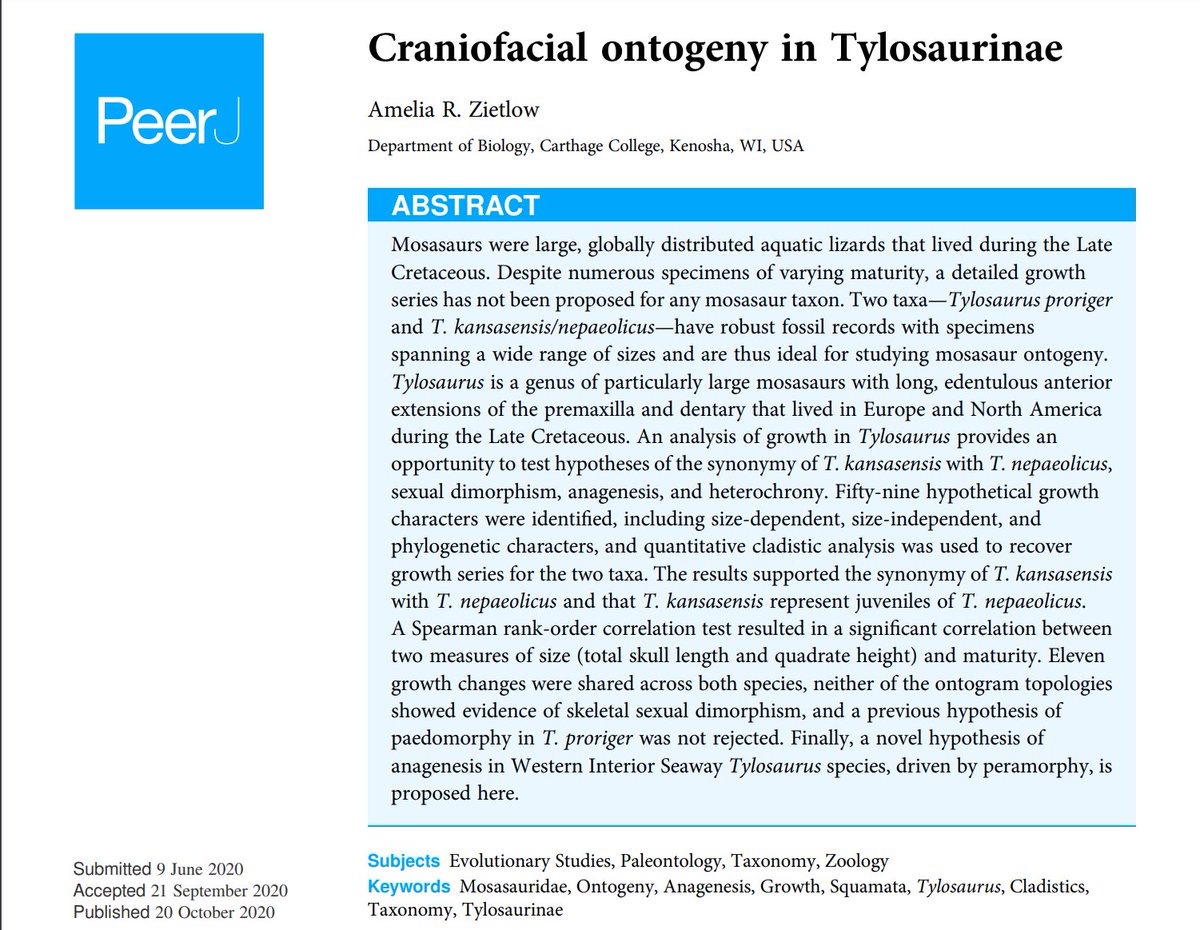 https://abs.twimg.com/emoji/v2/... draggable="false" alt="🤘" title="Heavy-Metal-Handzeichen" aria-label="Emoji: Heavy-Metal-Handzeichen"> https://peerj.com/articles/..." title="Alrighty, as promised: a thread summarizing my inaugural paper, & #39;Craniofacial ontogeny in Tylosaurinae& #39;! https://abs.twimg.com/emoji/v2/... draggable="false" alt="🦎" title="Eidechse" aria-label="Emoji: Eidechse">https://abs.twimg.com/emoji/v2/... draggable="false" alt="🤘" title="Heavy-Metal-Handzeichen" aria-label="Emoji: Heavy-Metal-Handzeichen"> https://peerj.com/articles/..." class="img-responsive" style="max-width:100%;"/>
https://abs.twimg.com/emoji/v2/... draggable="false" alt="🤘" title="Heavy-Metal-Handzeichen" aria-label="Emoji: Heavy-Metal-Handzeichen"> https://peerj.com/articles/..." title="Alrighty, as promised: a thread summarizing my inaugural paper, & #39;Craniofacial ontogeny in Tylosaurinae& #39;! https://abs.twimg.com/emoji/v2/... draggable="false" alt="🦎" title="Eidechse" aria-label="Emoji: Eidechse">https://abs.twimg.com/emoji/v2/... draggable="false" alt="🤘" title="Heavy-Metal-Handzeichen" aria-label="Emoji: Heavy-Metal-Handzeichen"> https://peerj.com/articles/..." class="img-responsive" style="max-width:100%;"/>
![Mosasaur fossils have been studied for ~200 years (& #39;Mosasaurus& #39; was named 20 yrs before & #39;Dinosauria& #39;!), yet we still know very little about their ontogeny (growth & development).[MNHN AC 9648, the holotype of Mosasaurus hoffmannii, from Street & Caldwell 2017]2/21 Mosasaur fossils have been studied for ~200 years (& #39;Mosasaurus& #39; was named 20 yrs before & #39;Dinosauria& #39;!), yet we still know very little about their ontogeny (growth & development).[MNHN AC 9648, the holotype of Mosasaurus hoffmannii, from Street & Caldwell 2017]2/21](https://pbs.twimg.com/media/Ek4x9j5XUAACFUp.jpg)
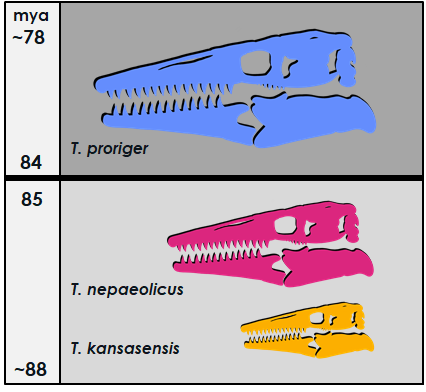
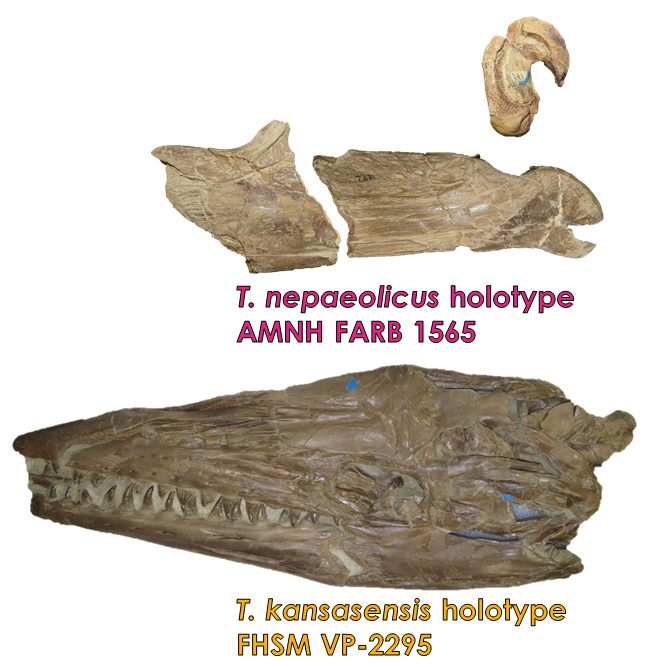
![The authors conclude that Tk are juvenile Tn, and also hypothesize:-that Tp are paedomorphic (i.e. have juvenile traits) relative to Tn-& that certain specimens of Tp & Tn are juveniles (e.g. Tp RMM 5610) and adults (e.g. Tp AMNH 4909 [photo])5/21 The authors conclude that Tk are juvenile Tn, and also hypothesize:-that Tp are paedomorphic (i.e. have juvenile traits) relative to Tn-& that certain specimens of Tp & Tn are juveniles (e.g. Tp RMM 5610) and adults (e.g. Tp AMNH 4909 [photo])5/21](https://pbs.twimg.com/media/Ek4_vI9WAAIxzKu.jpg)
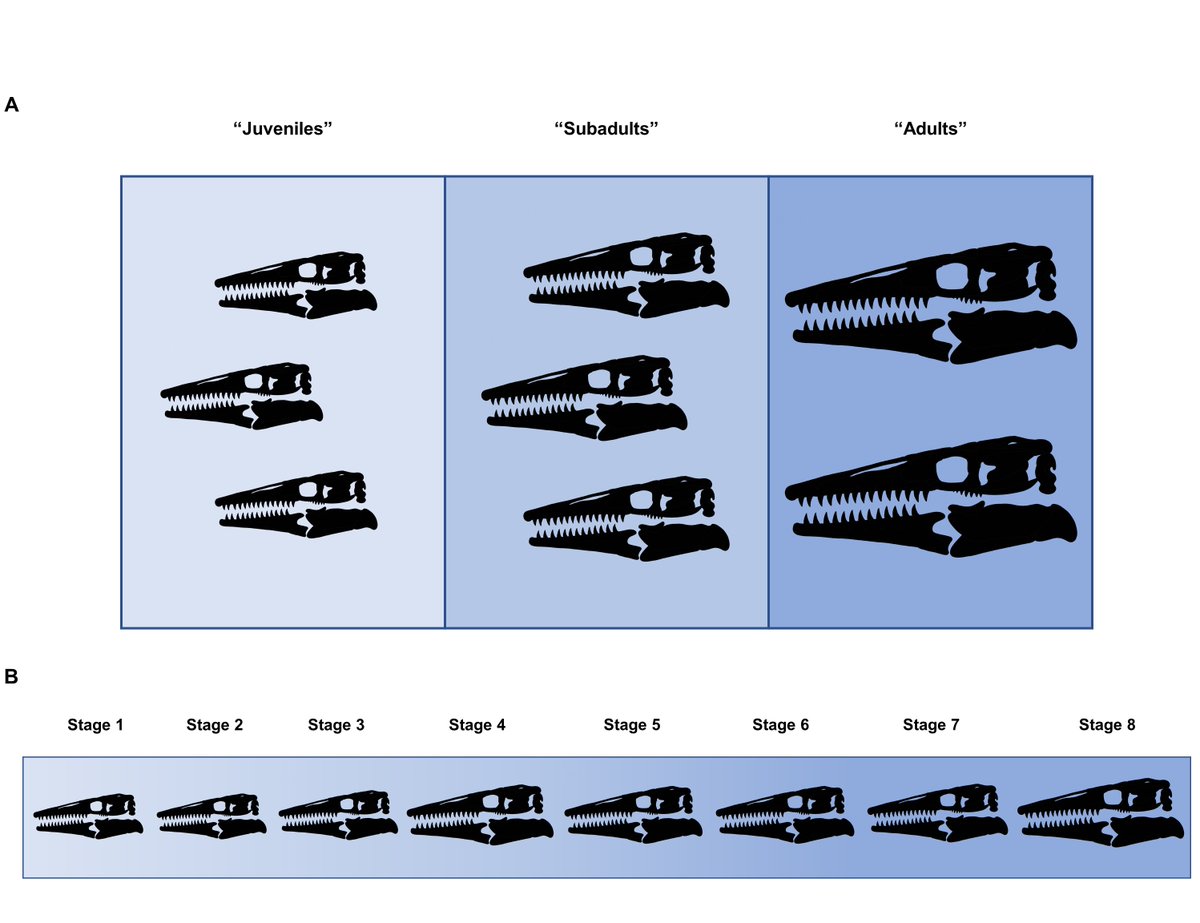
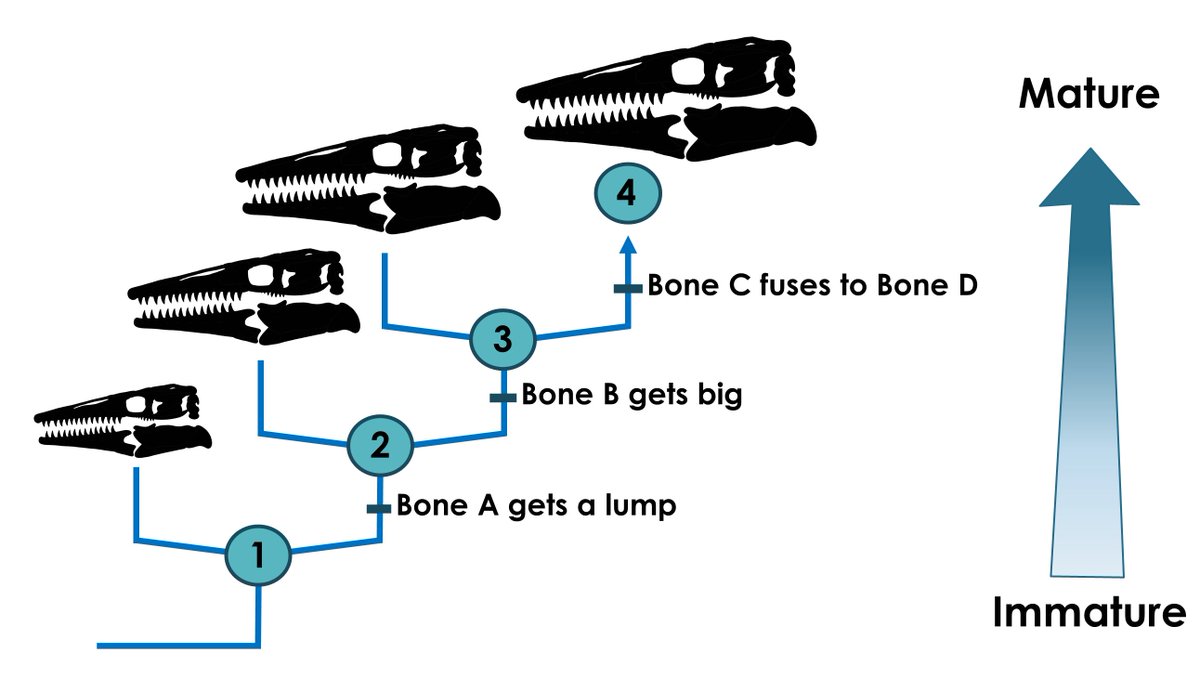
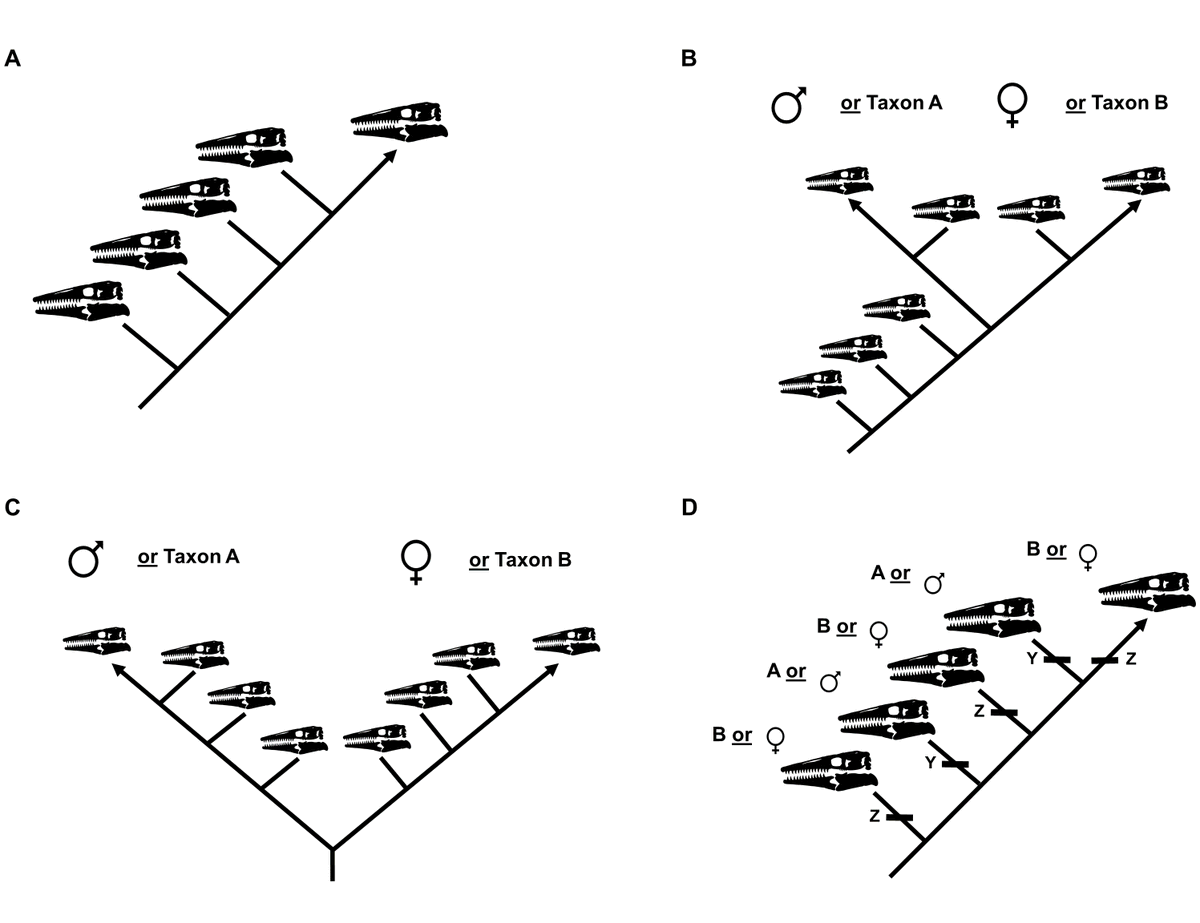
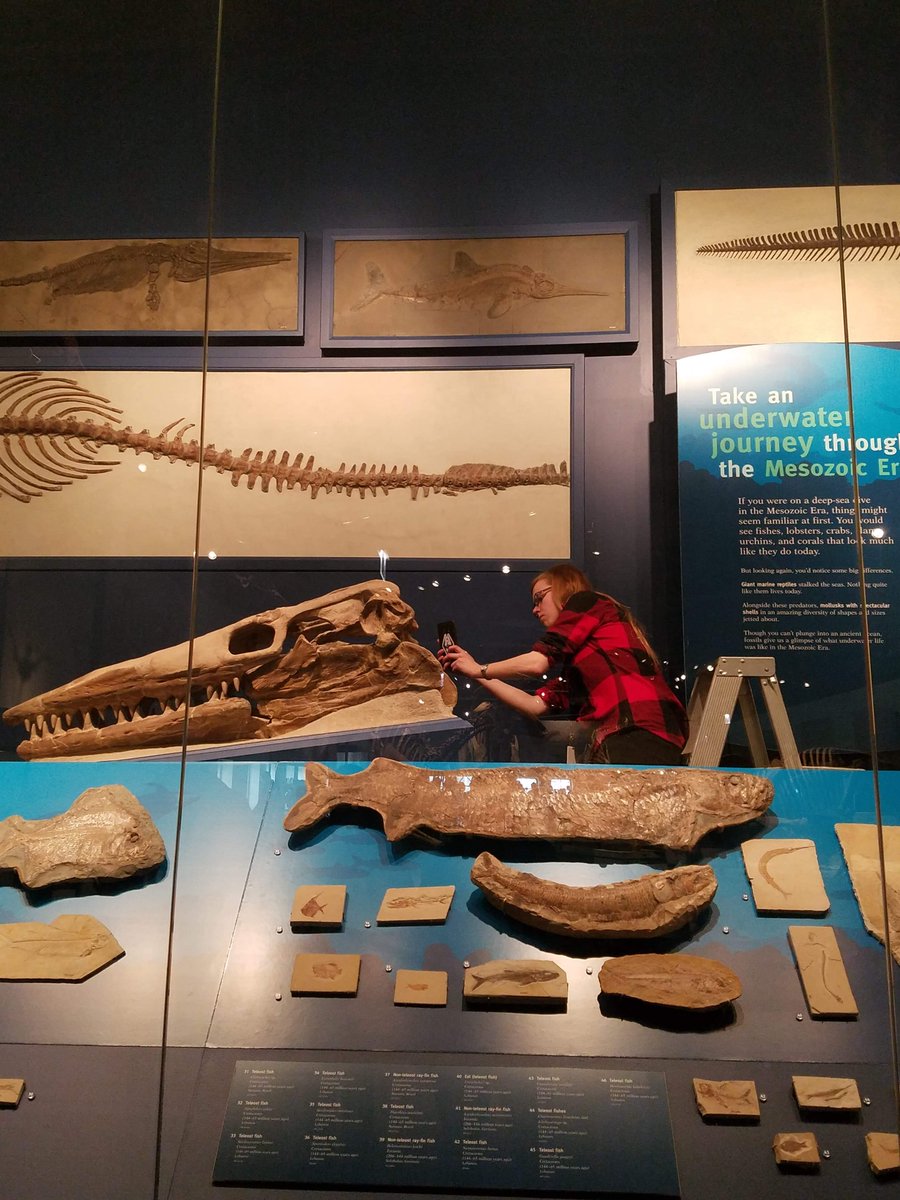
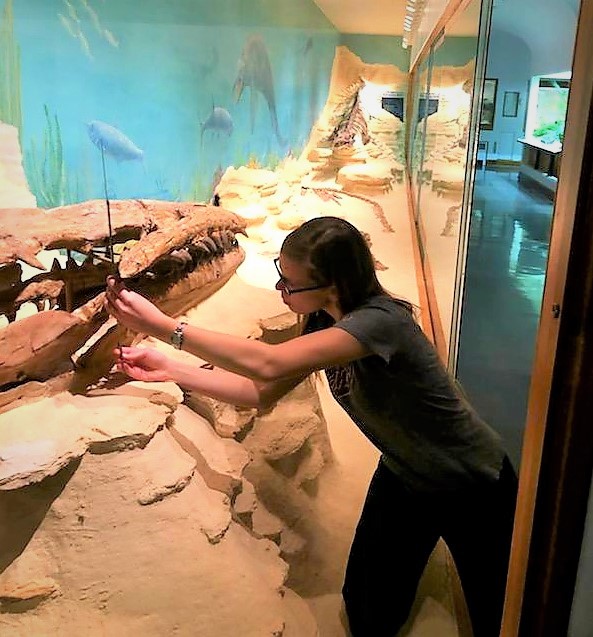
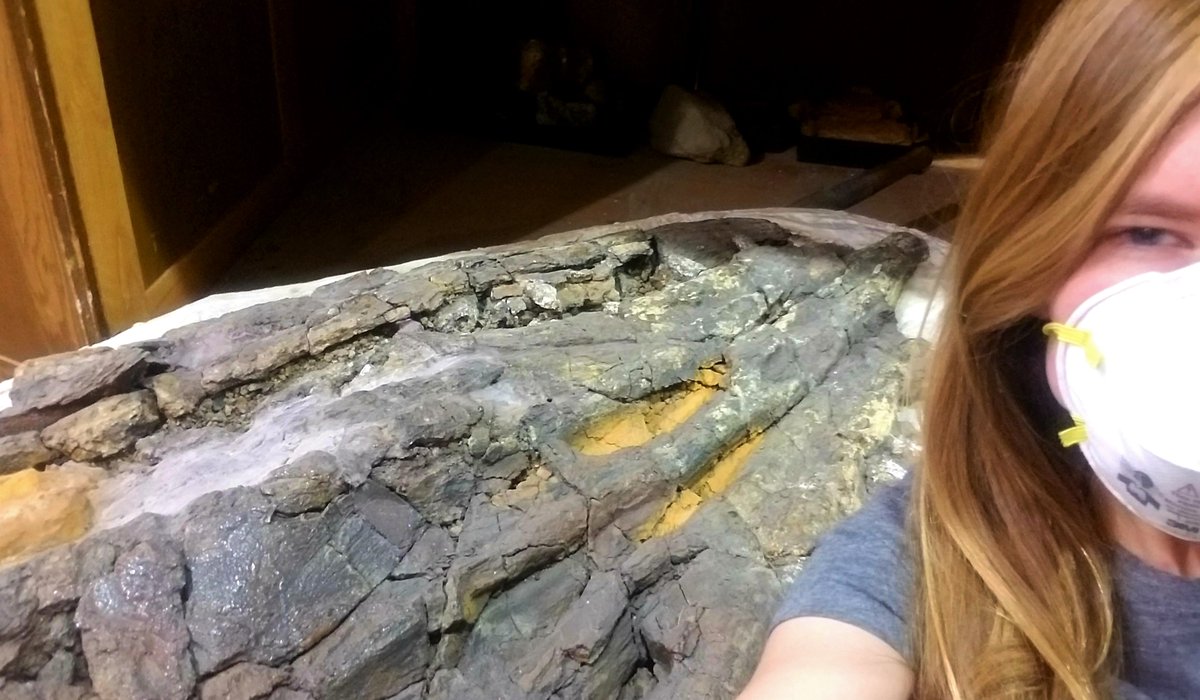
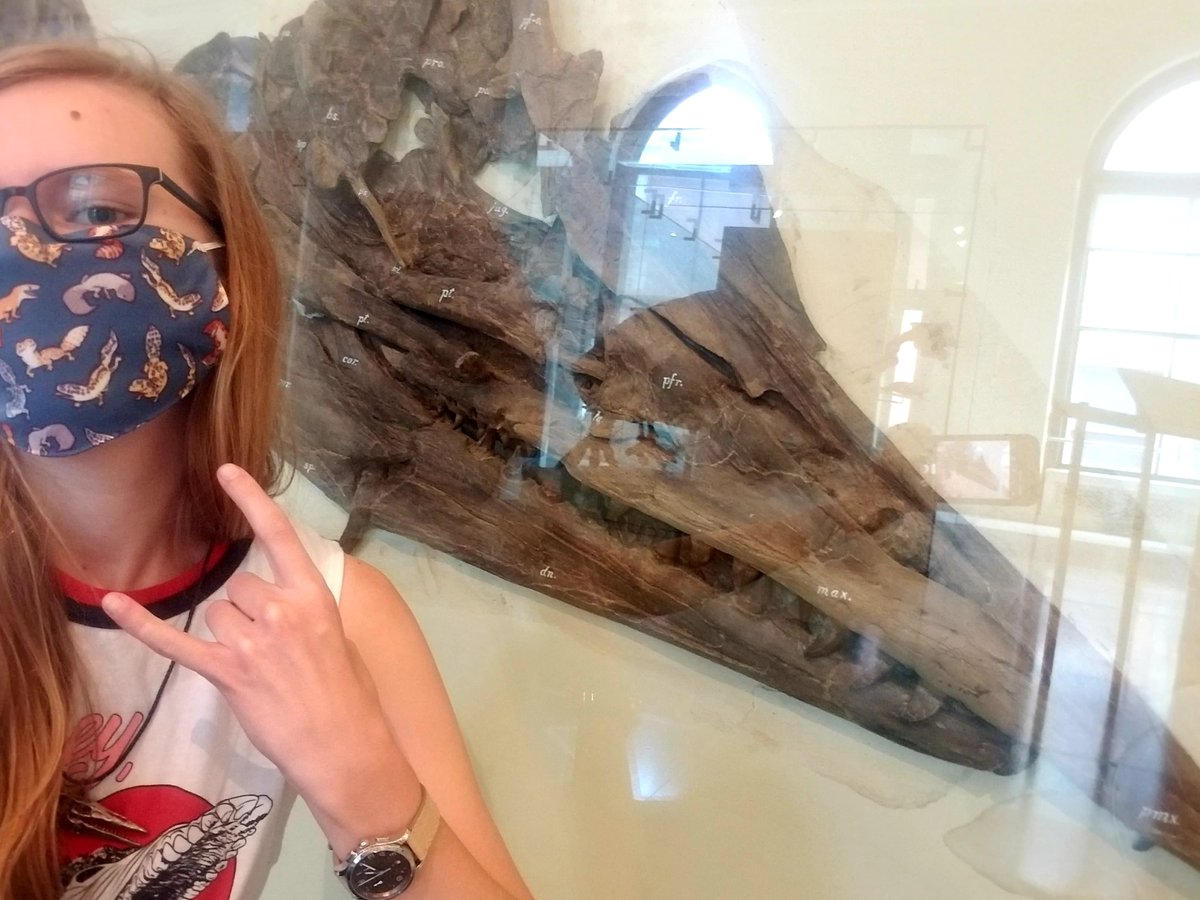
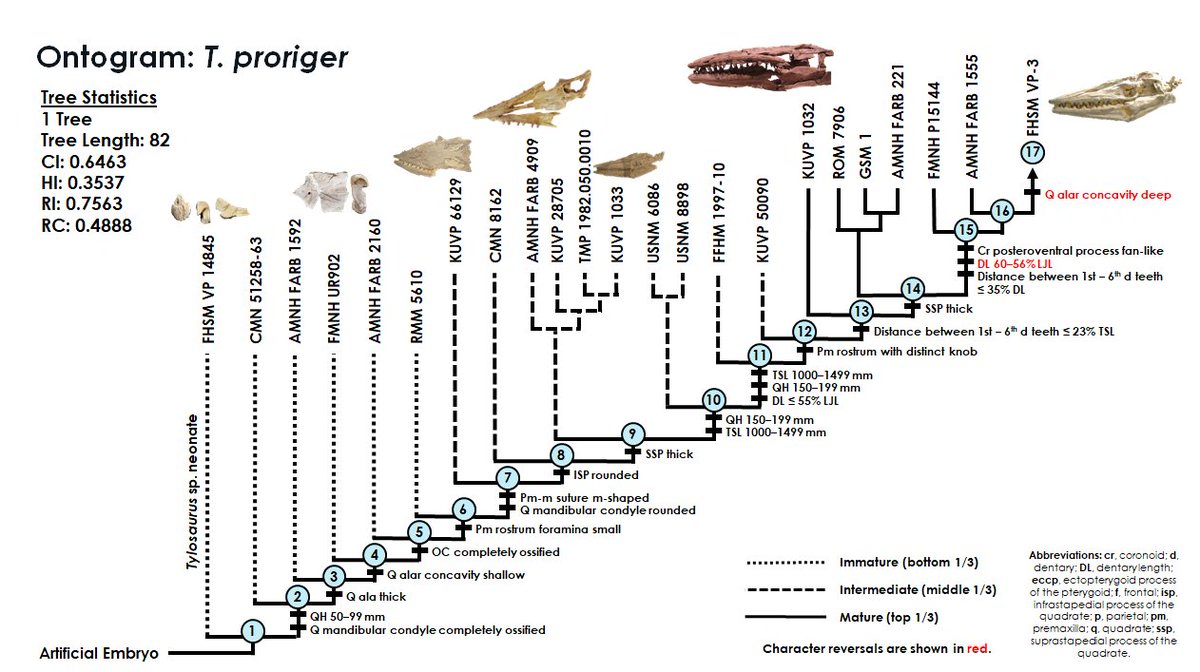
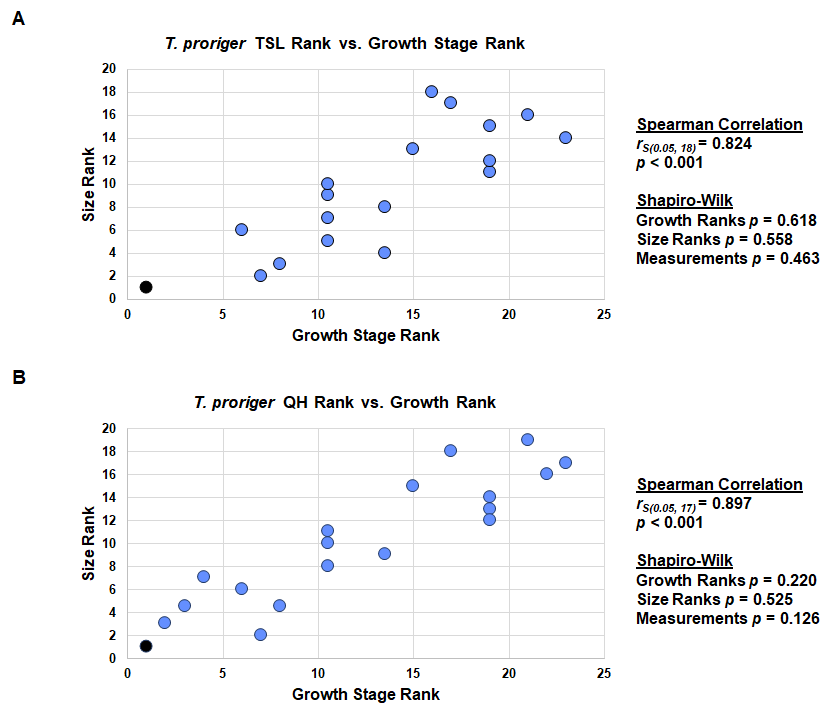
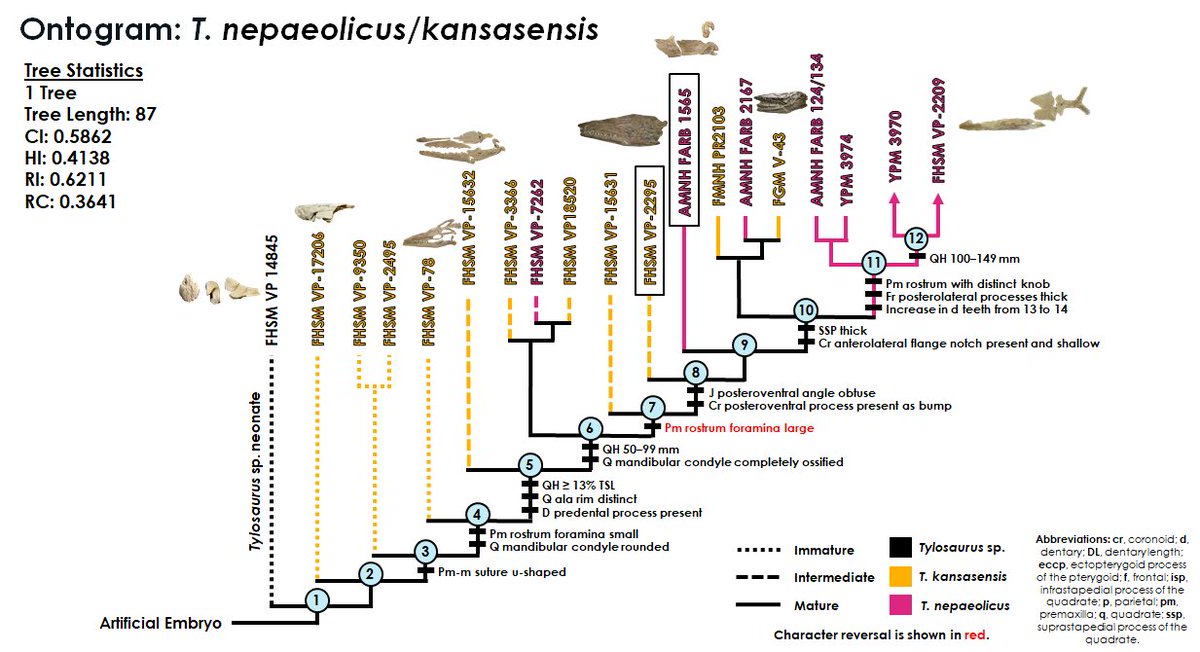
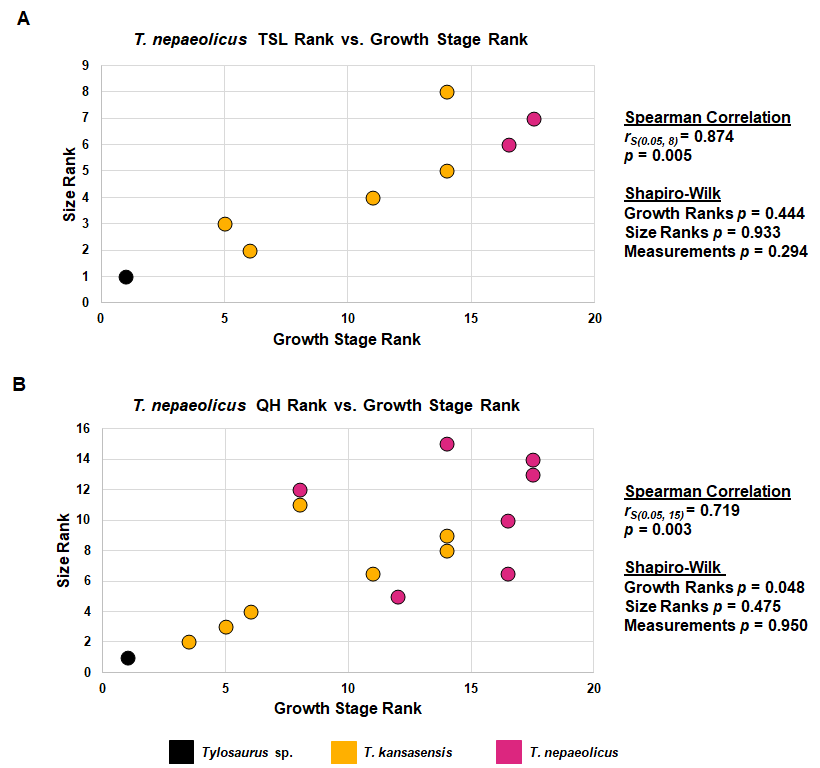
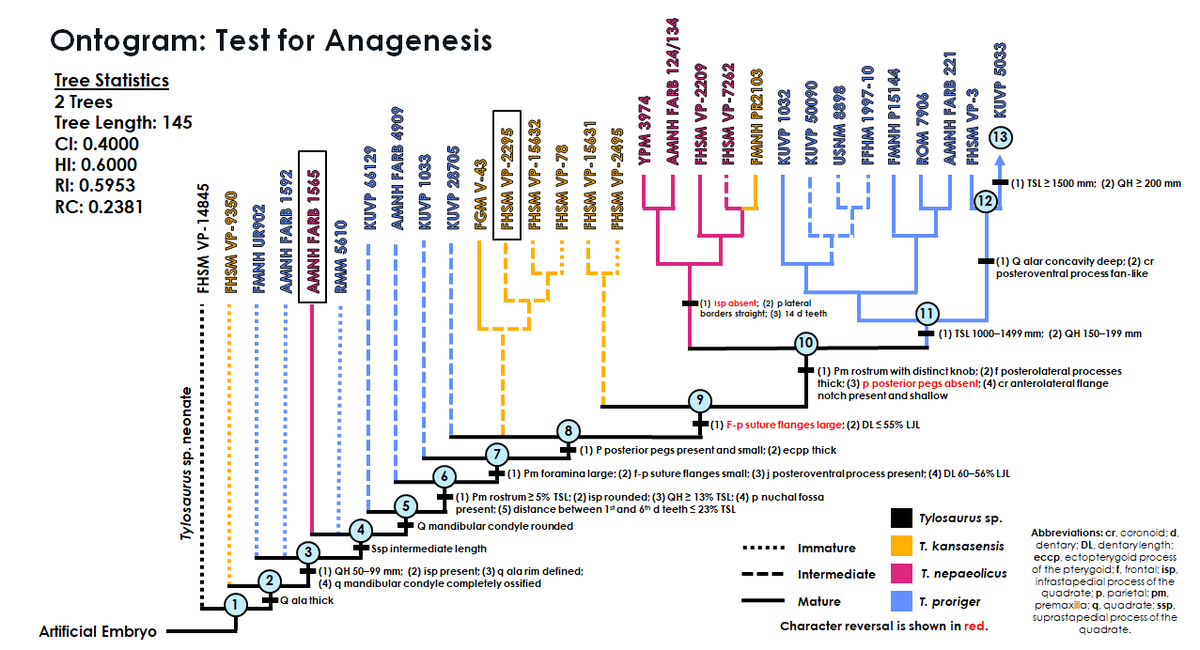
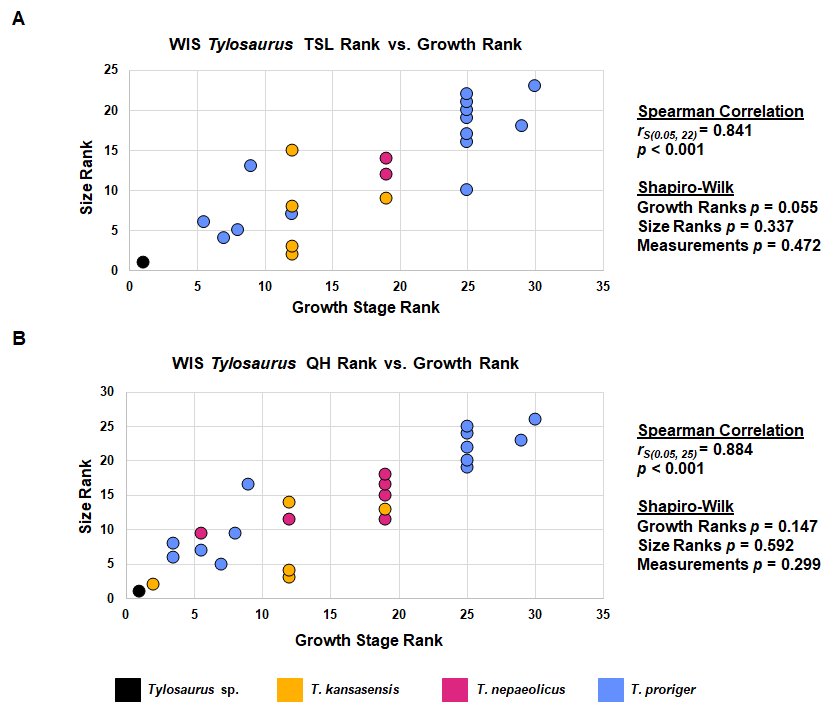
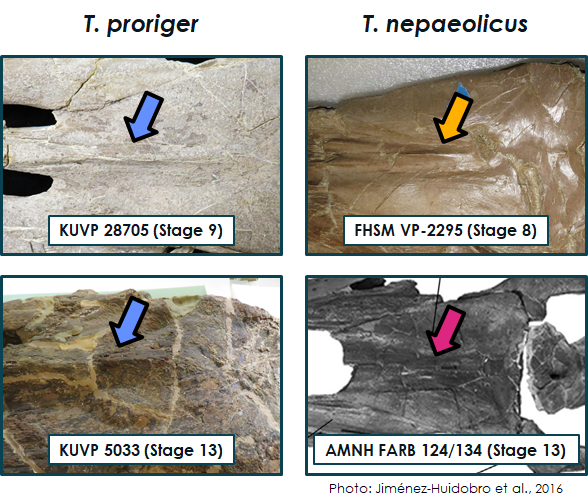
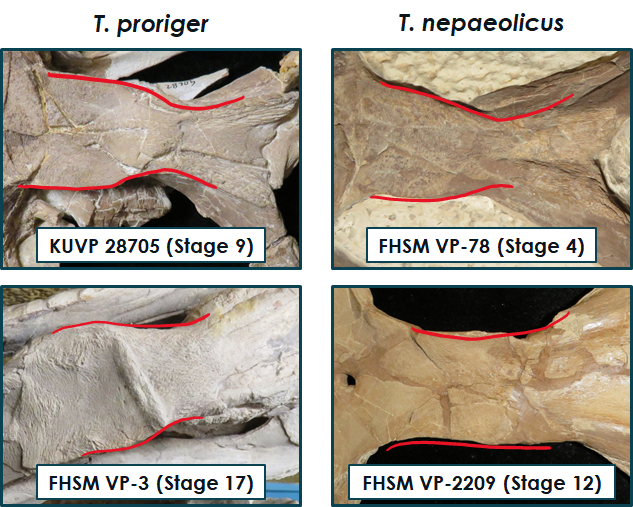
![I identified 11 shared growth characters, including knob-like snoot, the trait after which the genus Tylosaurus (=knobbed lizard) is named! I also proposed revisions to the cranial diagnoses of Tp & Tn within ontogenetic context.[photo: Tp FHSM VP-3]16/21 I identified 11 shared growth characters, including knob-like snoot, the trait after which the genus Tylosaurus (=knobbed lizard) is named! I also proposed revisions to the cranial diagnoses of Tp & Tn within ontogenetic context.[photo: Tp FHSM VP-3]16/21](https://pbs.twimg.com/media/Ek5e3DIXIAE_ZLQ.png)
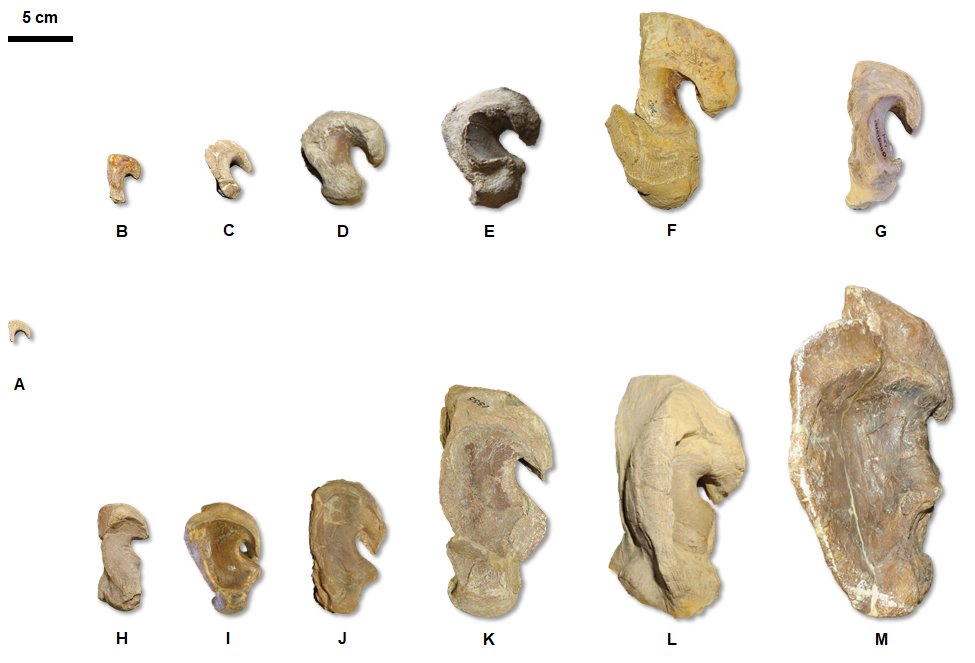
![So, what& #39;s next? Cladistic analysis of ontogeny is a great way to compare interspecific growth patterns & test hypotheses of synonymy (which is rampant among mosasaurs), so I hope to expand this work to include other mosasaurs & their relatives![photo: AMNH 192 Clidastes]19/21 So, what& #39;s next? Cladistic analysis of ontogeny is a great way to compare interspecific growth patterns & test hypotheses of synonymy (which is rampant among mosasaurs), so I hope to expand this work to include other mosasaurs & their relatives![photo: AMNH 192 Clidastes]19/21](https://pbs.twimg.com/media/Ek5mmG_X0AAYQDa.jpg)
